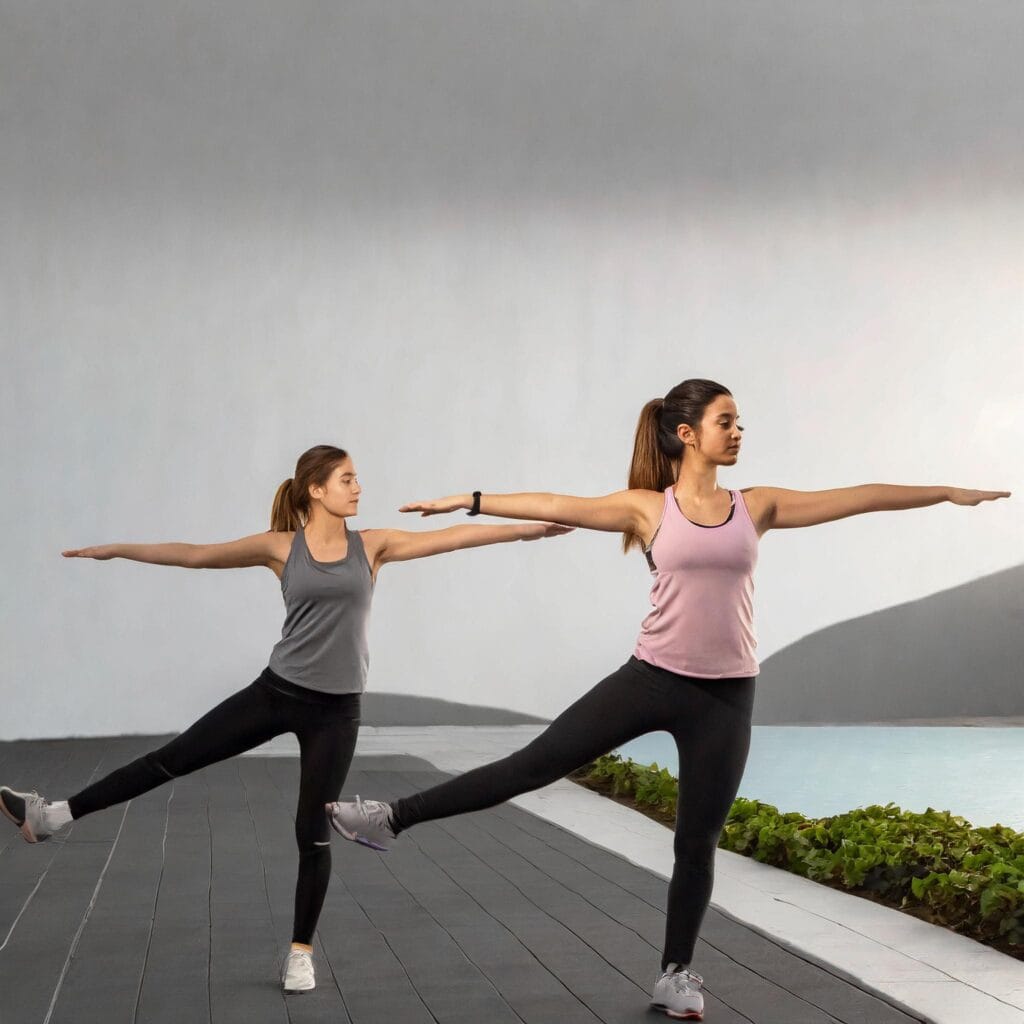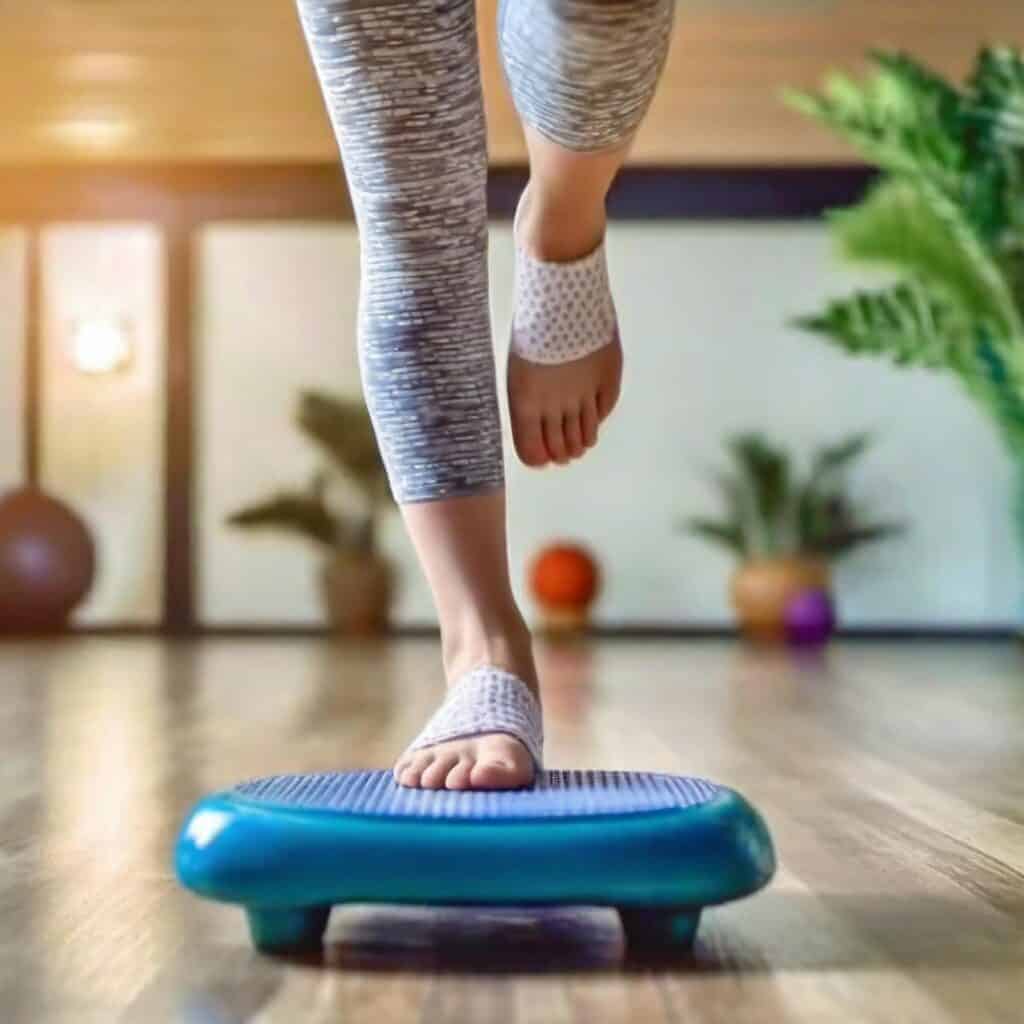Unlocking the Secrets of Proprioception

What is Proprioception?
Here’s a 4-dollar word you can add to your knowledge bank- proprioception or kinesthesia refers to the sense that allows us to perceive the location, movement, and action of parts of the body. In other words, it’s our body’s innate ability to sense its position in space. This intricate sense provides the foundation for spatial awareness and coordination and is closely tied to the control of movement.
How does Proprioception work?
Proprioception comprises a multitude of sensations including joint and muscle perception and movement, all of which arise from the joint receptors. At the heart of proprioception, these specialised sensors are the messengers that relay crucial information to the brain. From detecting changes in joint angles to muscular tension- the receptors create a real-time feedback loop that facilitates precise muscular control.
Why is Proprioception important?
Although an unfamiliar concept to many, proprioception plays a significant role in every activity we undertake. Whether it’s something as mundane as the seamless execution of daily tasks or more complex like the precise coordination required for sports, proprioception is what enables us to navigate the world in a controlled, graceful manner.
Its benefit to us isn’t limited to just movement. It’s also responsible for ensuring postural stability and preventing injury. This is precisely why losing this sense can prove to be detrimental to our overall well-being.
Many factors contribute to losing proprioception- ageing, injuries and even certain neurological conditions can result in this delicate sense deteriorating, ultimately leading to loss of coordination and balance.
How to Train and Enhance Proprioception:

Fret not, for there is good news. Awareness of the factors that lead to this sensory decline as well as regular training can strengthen and enhance the proprioception.
Here are some practices you can incorporate into your workout routine:
- Balance Drills, Eg.- Standing on a wobble board
- Sensory-focused activities, Eg.- Standing on a rough coir mat
- Functional Movements, Eg.- Lying on a foam roller
Consistently practising activities like these that engage the body’s sensory receptors, not only improve our body awareness, but can also act as a preventive measure against injury.
Proprioception- The Key to Coordination:
Understanding and nurturing the proprioception is pivotal to a fully-functioning, well-coordinated body. Awareness, practice and maintenance is all it takes for us to empower ourselves to move confidently.
So not just a 4-dollar word, proprioception is the ticket to an agile tomorrow.
